Every day, a flood, a new virus variant, the disappearance of an endemic species or a news story about the extent of plastic pollution across the globe or inside our bodies reminds us of the urgency of decolonising nature, of developing a deeper connection with non-human species and of better understanding the emergence of new ecosystems where the artificial and the natural contaminate each other.
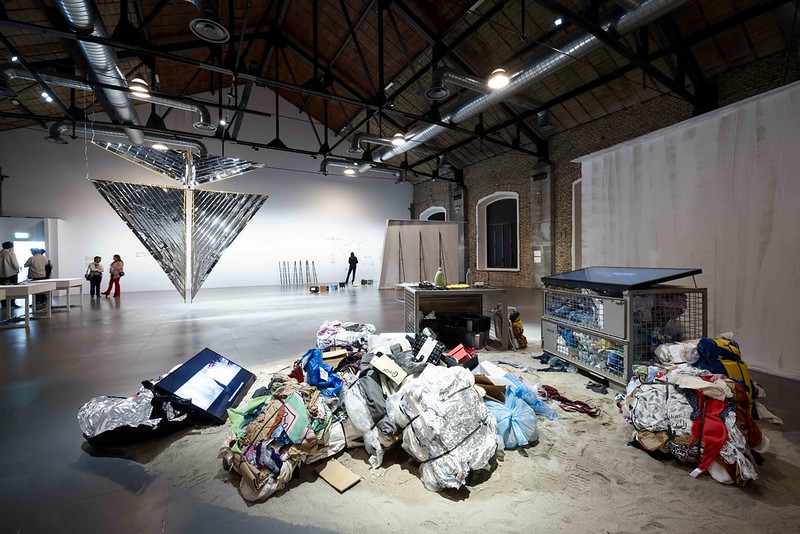
Repairing the Present: REWILD. Installation view at MAXXI. Photo: ©Musacchio, Ianniello, Pasqualini & Fucilla
Repairing the Present: REWILD, an exhibition which opened at the MAXXI Museum in Rome in October, presented the research of artists who have collaborated with science centres and artistic institutions to investigate new connections and engagements with life under our feet or out there in outer space.
The works exhibited were developed within the framework of the S+T+ARTS Residencies which enable creative minds to develop their research in collaboration with innovation centres and art institutions across Europe. Most of the projects were still very much at the work-in-progress stage. Hence the difficulty to assess in which directions they might end up going. The vague and ultra concise description of the works provided by the gallery brochure and wall panels didn’t help me get a clear sense of the quality of each project either. I’m also a bit dubious about the programme’s claim that we could “repair the present.” However, the artists selected are so talented and the themes so compelling that I am looking forward to discovering the final stages of each piece. I’ll come back in the coming days with an interview with Adriana Knouf about her research in speculative satellite construction and space exploration but in the meantime here are a couple of other works that caught my interest while in was in Rome:
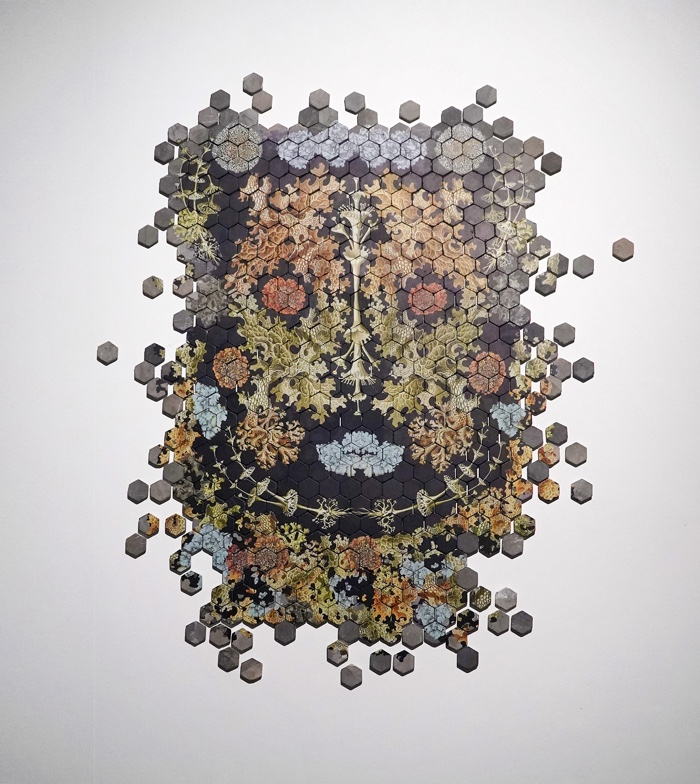
Penelope Cain, One and the Care of Many, 2022
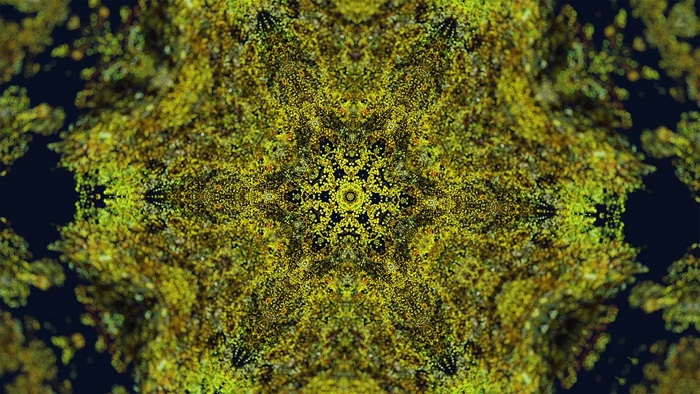
Penelope Cain, One and the Care of Many, 2022
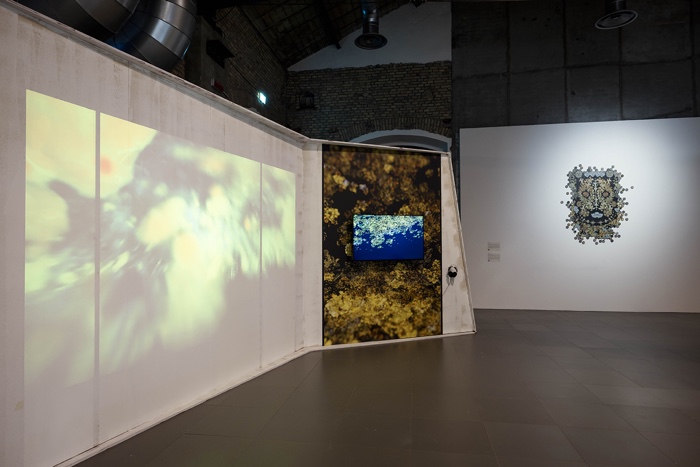
Penelope Cain, One and the Care of Many, 2022. Installation view at MAXXI. Photo: ©Musacchio, Ianniello, Pasqualini & Fucilla
With One and the Care of Many, Penelope Cain is developing a series of lichen-centric experimental provocations that would make us reassess and re-configure the relationship between humans and the rest of the living world.
The composition of the lichen inspires the project. Lichens have long been considered as the symbiotic association of a fungus and a partner which can be either green algae or cyanobacteria, or both. The fungus hosts the partner, which provides photosynthetically fixed carbon as an energy source for the system. Other organisms have been gradually discovered within the thallus, such as multiple algal species, yeasts, viruses and even a microbiome, a community of microorganisms living together on the lichen surface and performing a number of functions.
Through the brief to reimagine nature in the city, Penelope Cain looks at lichens as role models for multi-member communities living in symbiosis. Her research draws parallels between lichens and cities. Both are populations that thrive on interspecies collaboration and mutual care.
Another astonishing of lichens is their remarkable resilience. Lichens can grow on almost every type of land surface. Some have adapted to survive in extreme environments such as the arctic tundra, hot dry deserts, rocky coasts and toxic slag heaps. Some lichens are considered to be among the oldest living things on Earth. Artist Rachel Sussman photographed lichens that are over 2,000 years old. Known as the map lichens, Rhizocarpon geographicum, they grow on Greenland.
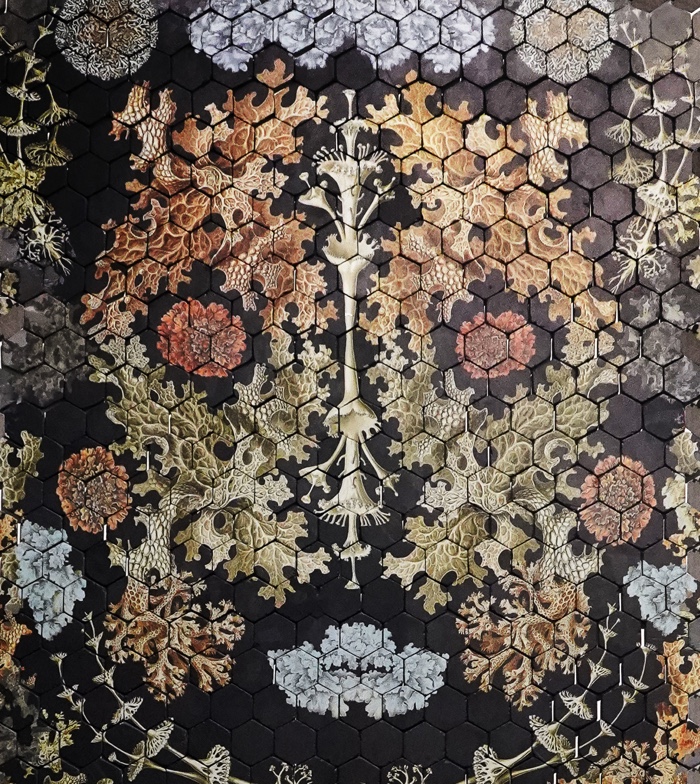
Penelope Cain, One and the Care of Many (detail), 2022
Referencing the Euro-pagan symbol of the Greenman, Roman mosaics and drawings by botanist Ernst Haeckel, the artist created a face of lichens that symbolises lichens’ many talents: the genus of lichen found to survive in space, the lichen absorbing gamma radiation near the Fukushima nuclear power station and a climate responsive lichen emerging in the warming winters of the Dutch forests on recently re-claimed lands. The mosaic portrait exhibited by Cain on a wall of the MAXXI exemplifies the kind of ultra-adaptable and resistant species we will encounter in the botanical gardens of the late Anthropocene.
If I understood correctly, the mosaic is made using ceramic-like tiles made of geopolymer with design areas for water, dust and lichen.
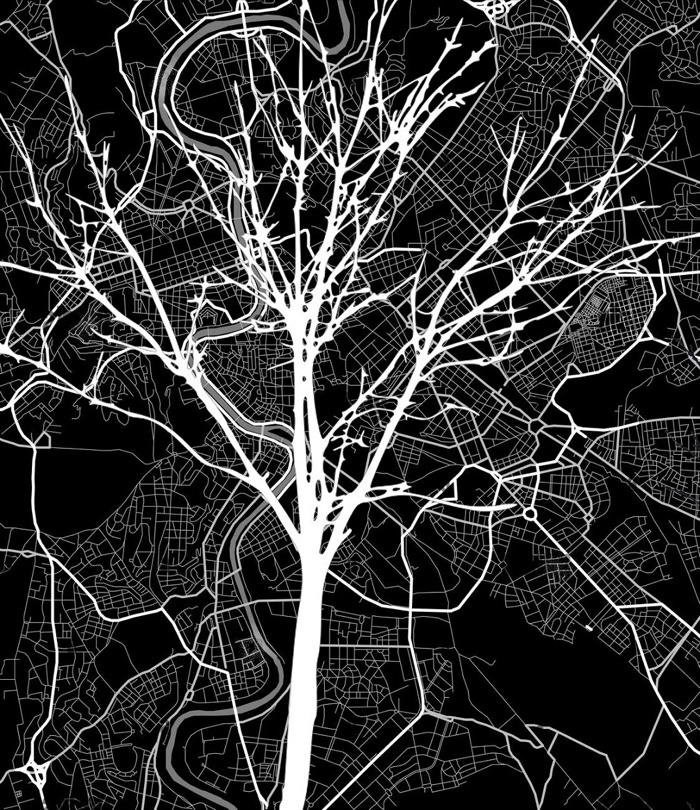
Olga Kisseleva in collaboration with Liu Bauer, Cities Live Like Trees, 2022
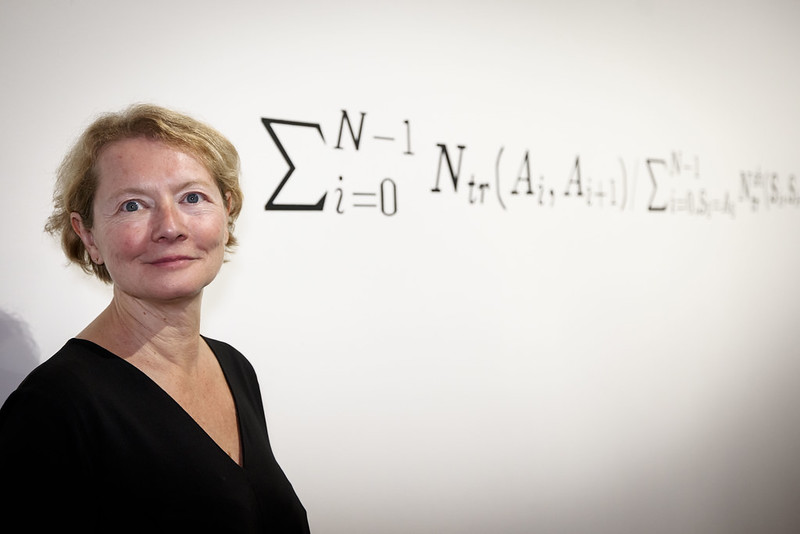
Olga Kisseleva in collaboration with Liu Bauer, Cities Live Like Trees, 2022. Installation view at MAXXI. Photo: ©Musacchio, Ianniello, Pasqualini & Fucilla
Another project that has a lot of potential is Cities Live Like Trees. The research focuses on the analogies and potential for cooperation between trees and cities. Like trees, a city is alive and growing and the map of its streets is somewhat similar to the map of the roots of its trees.
Olga Kisseleva’s research investigates citizens’ behaviours, emotions and tendency to deviate towards certain trees or greener areas as they walk through a city.
The artist and her collaborators on the Roman chapter of the project worked with depersonalised data generated by mobile phones, visualised them as a heat map and analysed how often a tree is on the path of people. The project then identified both the shortest and the greenest journeys within the city and calculates the green index of urban mobility based on the relation between the number of trees of a given greener trip and its equivalent shorter path. The calculation resulting from this investigation was presented at the MAXXI as a mural painting.
By analysing psychogeographical patterns, Cities Live Like Trees aims to address the presence of solastalgia in urban spaces, explore the interconnectedness of human and vegetal realms and make emerge a prospective urban development map that would follow an arborescent structure.
The project could also help citizens consider new ways to improve the role, multiplication and space of trees in city development. Not only because planting more trees would make it easier for urban dwellers to face increasingly high temperatures but also because plants play a crucial role in citizens’ mental wellbeing.
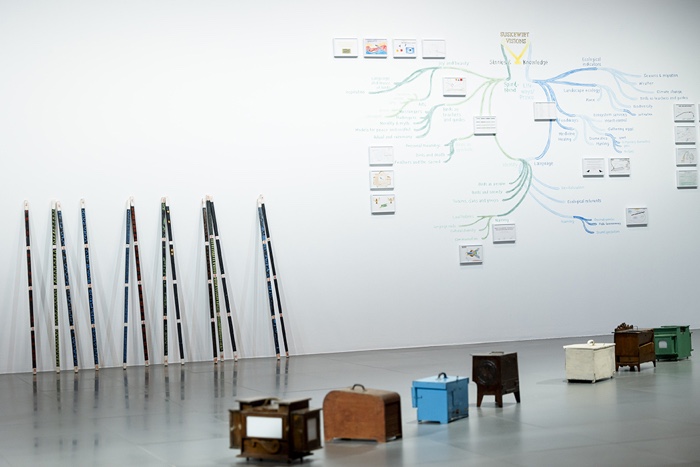
David Shongo and Filip Van Dingenen, Suskewiet Visions, 2022. Installation view at MAXXI. Photo: ©Musacchio, Ianniello, Pasqualini & Fucilla
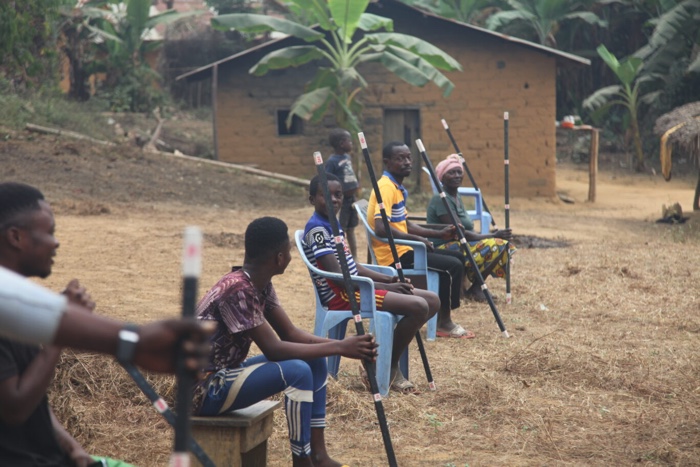
David Shongo and Filip Van Dingenen, Suskewiet Visions, 2022
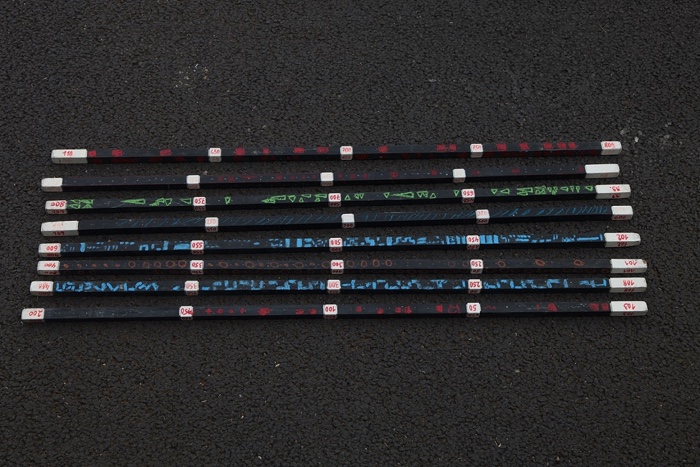
David Shongo and Filip Van Dingenen, Suskewiet Visions, 2022
Suskewiet Visions is a project departing from the folkloristic tradition of Suskewiet, a rather cruel competition that consists in trapping a single male finch inside a wooden box while it calls for mates. At a timekeeper’s signal, the observers begin to count the birds’ calls, making tally marks on long wooden sticks. After one hour, the bird that has sung the most calls is the winner.
The project explores how the protocols of a game played by humans using caged birds can become a starting point to develop a universal tool to learn and listen differently to our environment, recontextualising folklore to re-calibrate our relation towards the nonhuman by developing new languages for navigation and orientation in areas critically affected by climate change such as the ones located in the Democratic Republic of Congo.
More artworks and images from the exhibition Repairing the Present: REWILD at MAXXI in Rome:
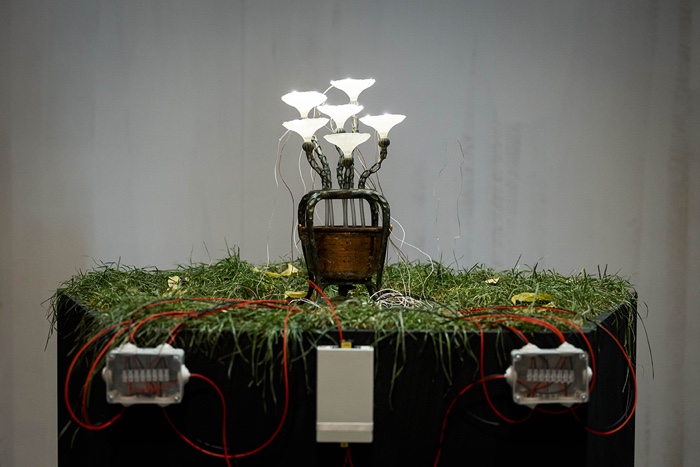
Samira Benini Allaouat, Geo-llum, 2022. Installation view at MAXXI. Photo: ©Musacchio, Ianniello, Pasqualini & Fucilla
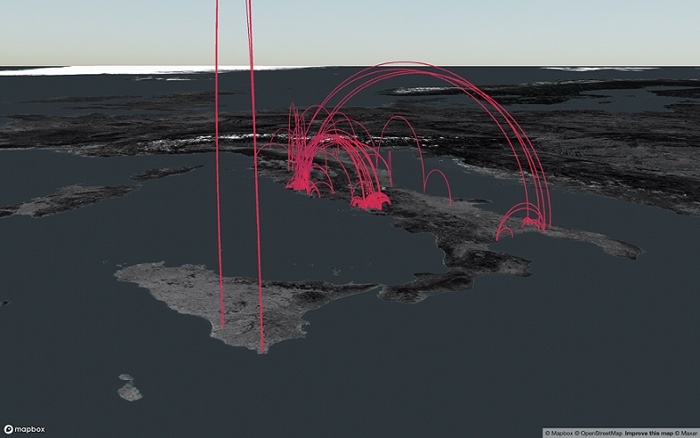
Susi Gutsche, Trace Waste, 2022
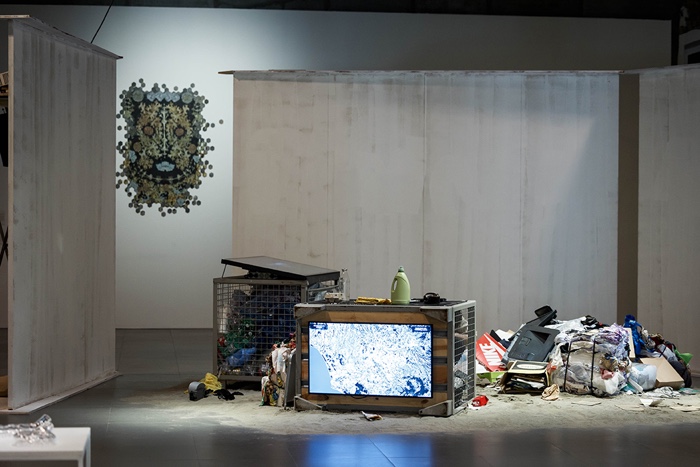
Susi Gutsche, Trace Waste, 2022. Installation view at MAXXI. Photo: ©Musacchio, Ianniello, Pasqualini & Fucilla
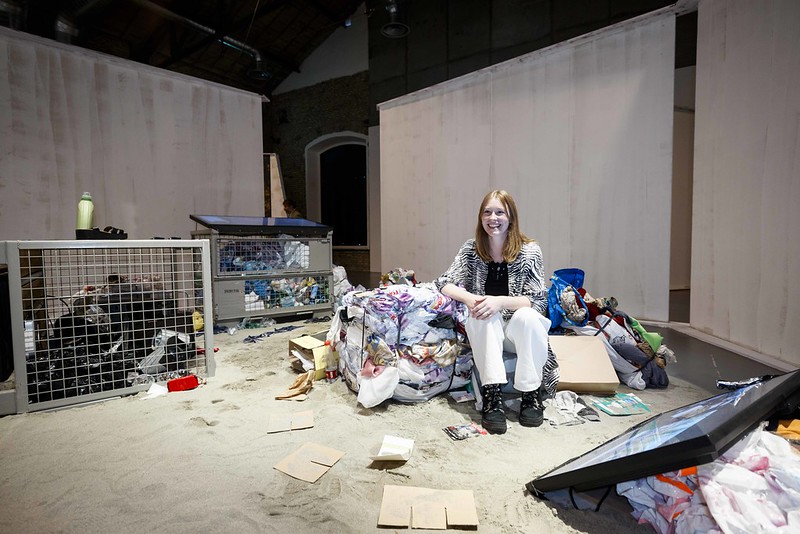
Susi Gutsche, Trace Waste, 2022. Installation view at MAXXI. Photo: ©Musacchio, Ianniello, Pasqualini & Fucilla
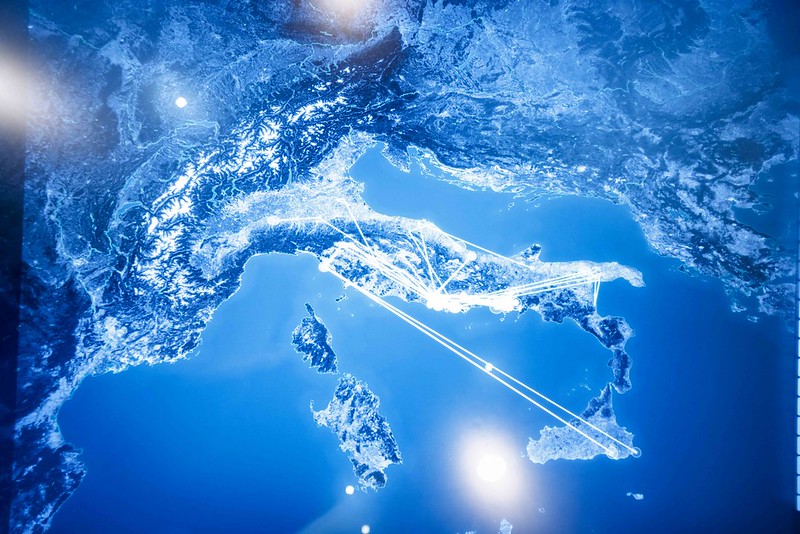
Susi Gutsche, Trace Waste, 2022. Installation view at MAXXI. Photo: ©Musacchio, Ianniello, Pasqualini & Fucilla
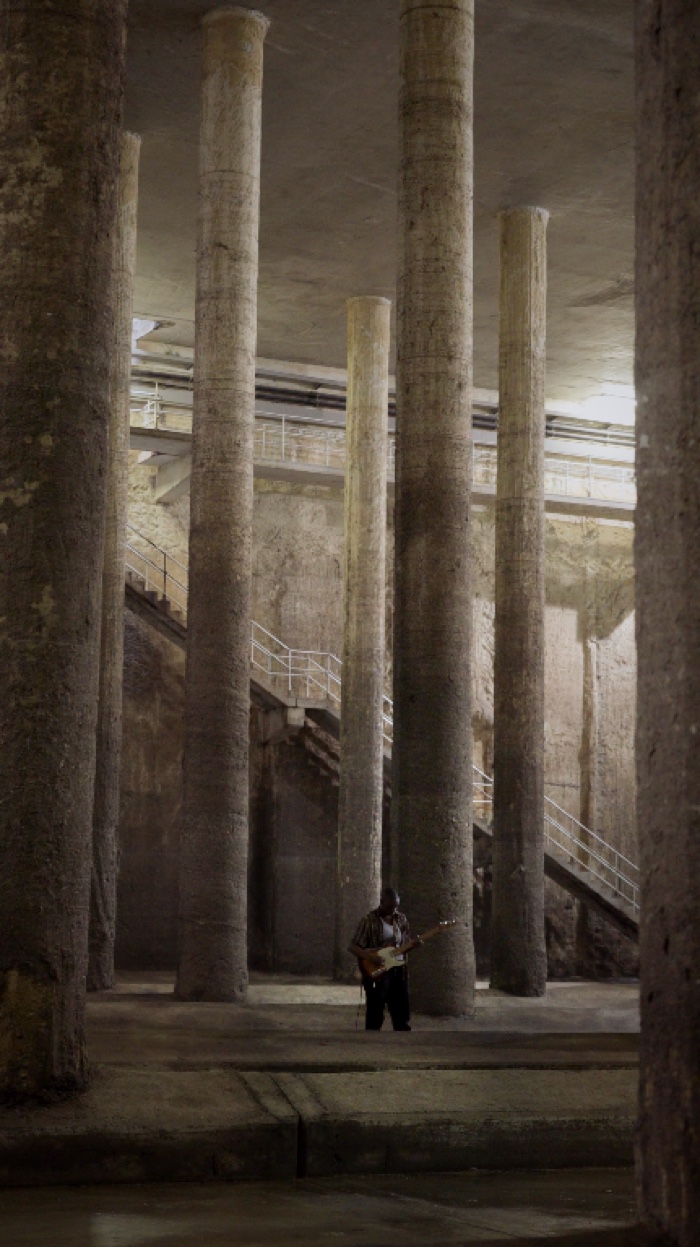
Lugh O’Neill, Karst (video still), 2022
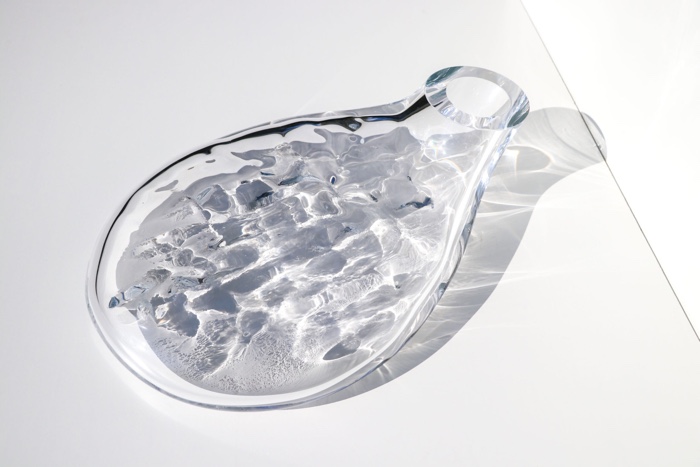
Johanna Schmeer & Studio Lapatsch|Unger, Bodies Of Water, 2022
Repairing the Present: REWILD was curated by Manuel Cirauqui. The show is part of the Repairing the Present programme, a triptych of exhibitions and a series of accompanying events presented throughout the fall of 2022 at Ars Electronica (Linz), MEET (Milan), MAXXI (Rome), ZKM (Karlsruhe) and the Cinquantenaire (Brussels).
Previous stories about exhibitions at MAXXI: Re:Humanism. Using AI to question anthropocentrism, REAL_ITALY. A country under the unflinching gaze of its artists, The Street. Where the World Is Made, Bigger than Myself. Heroic Voices from ex-Yugoslavia, etc.
